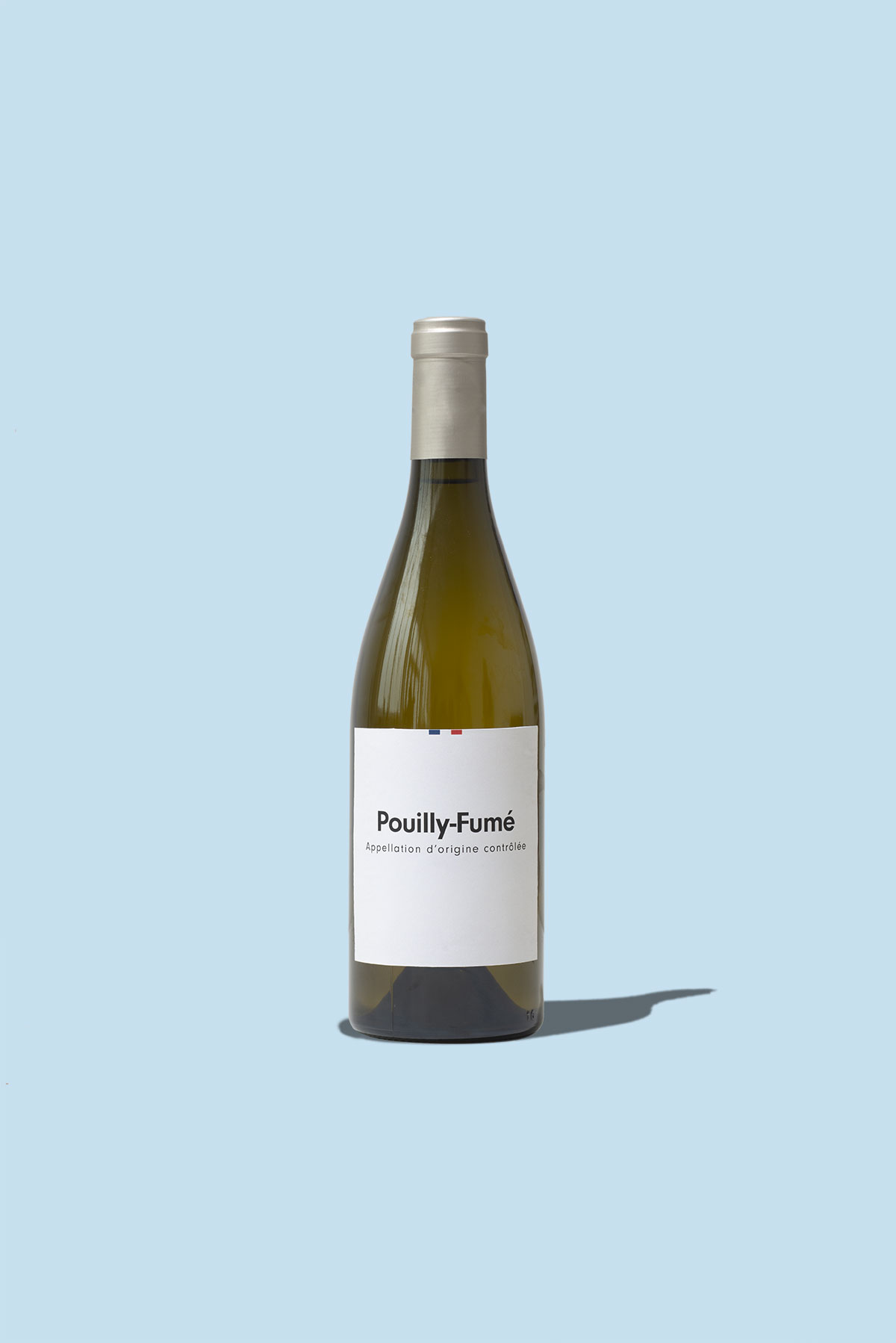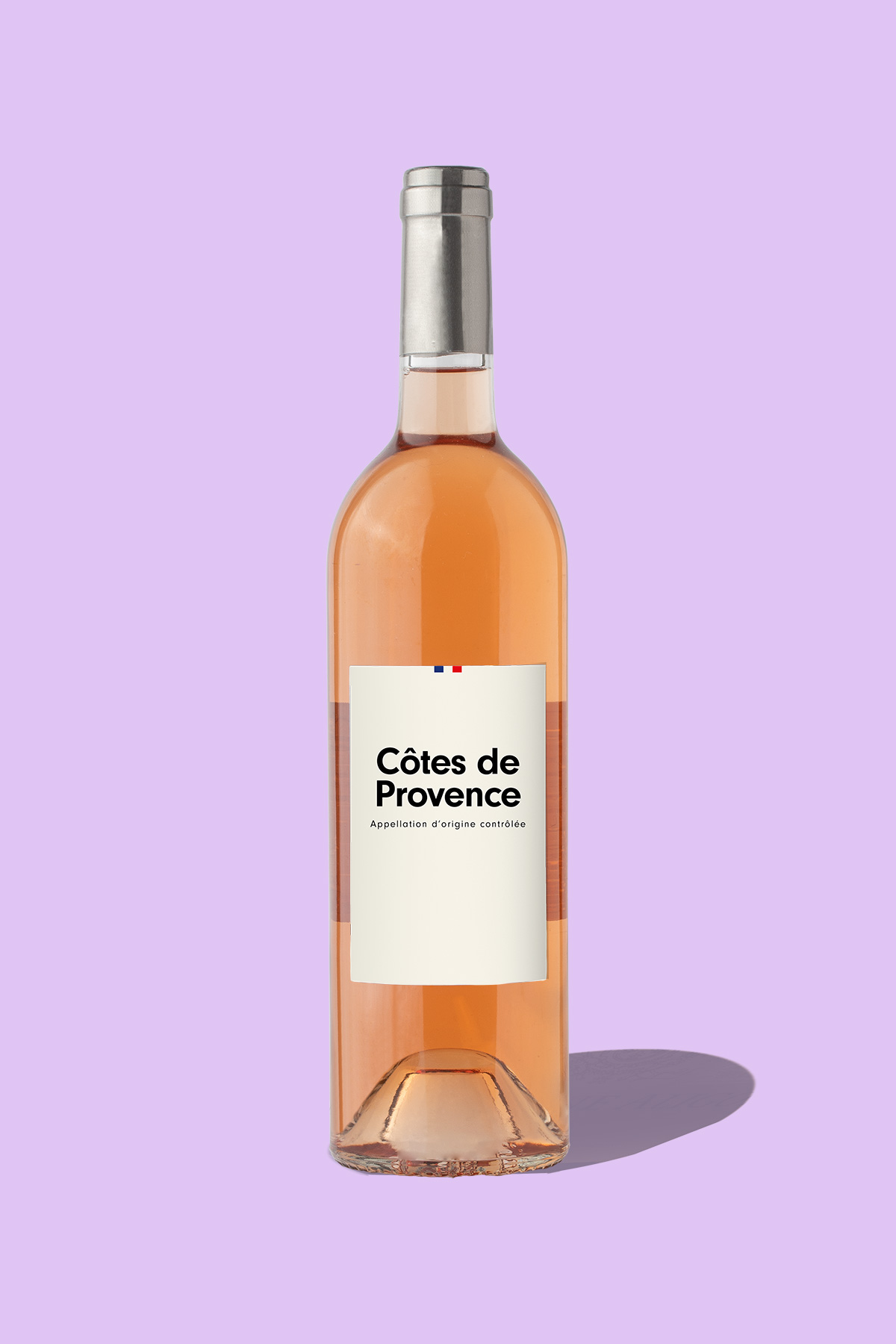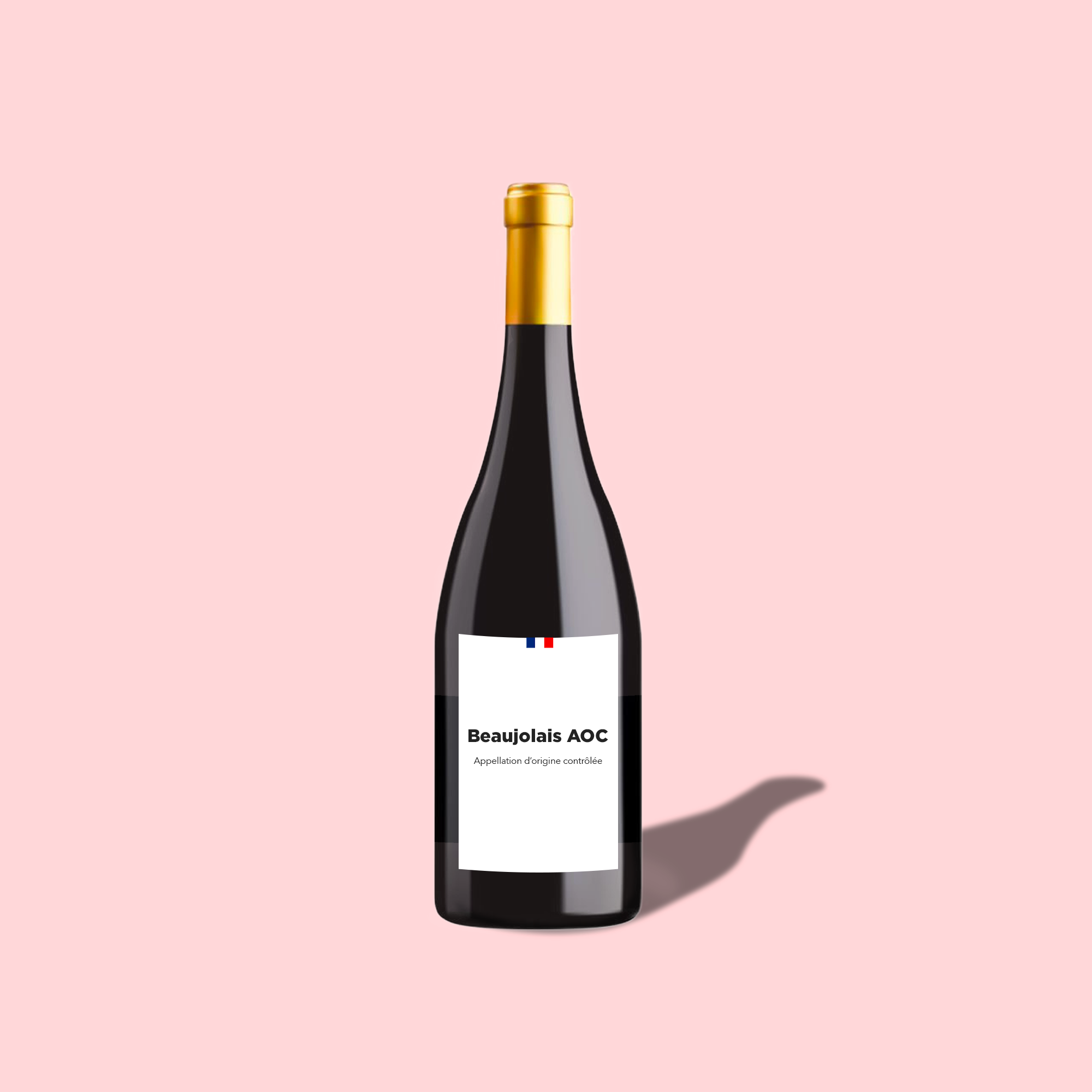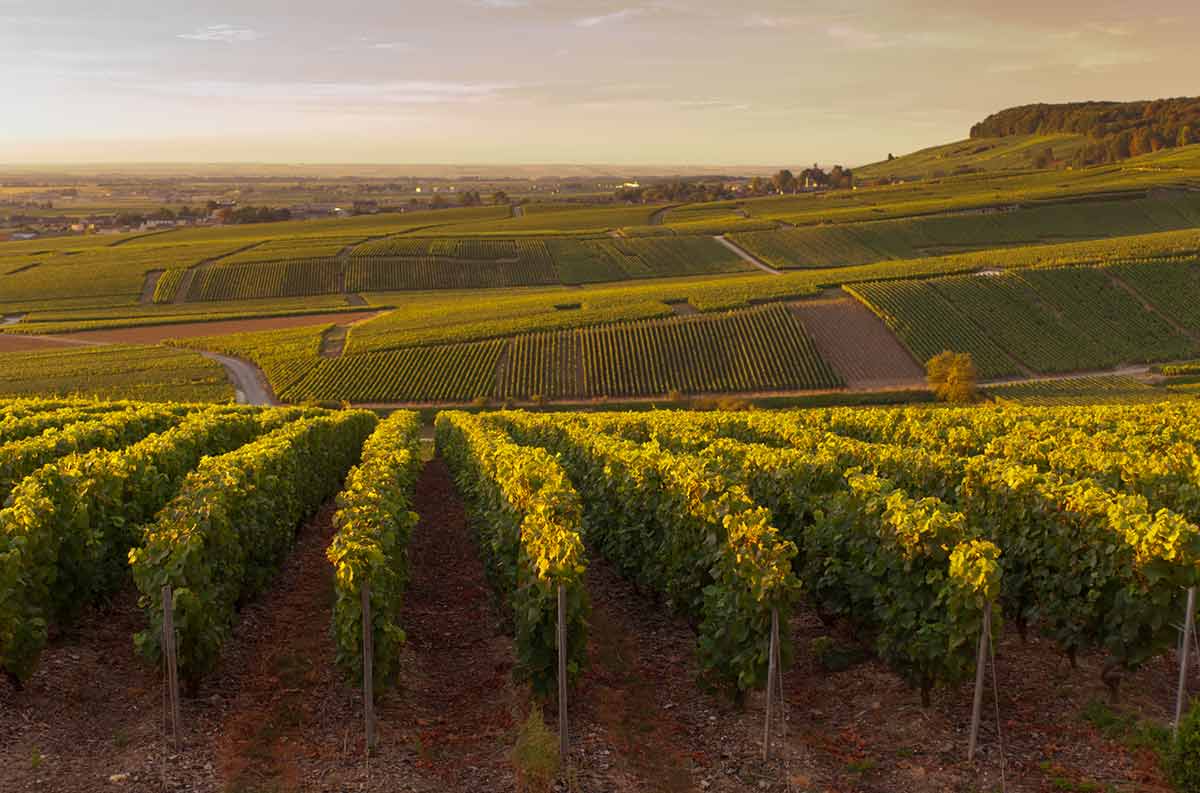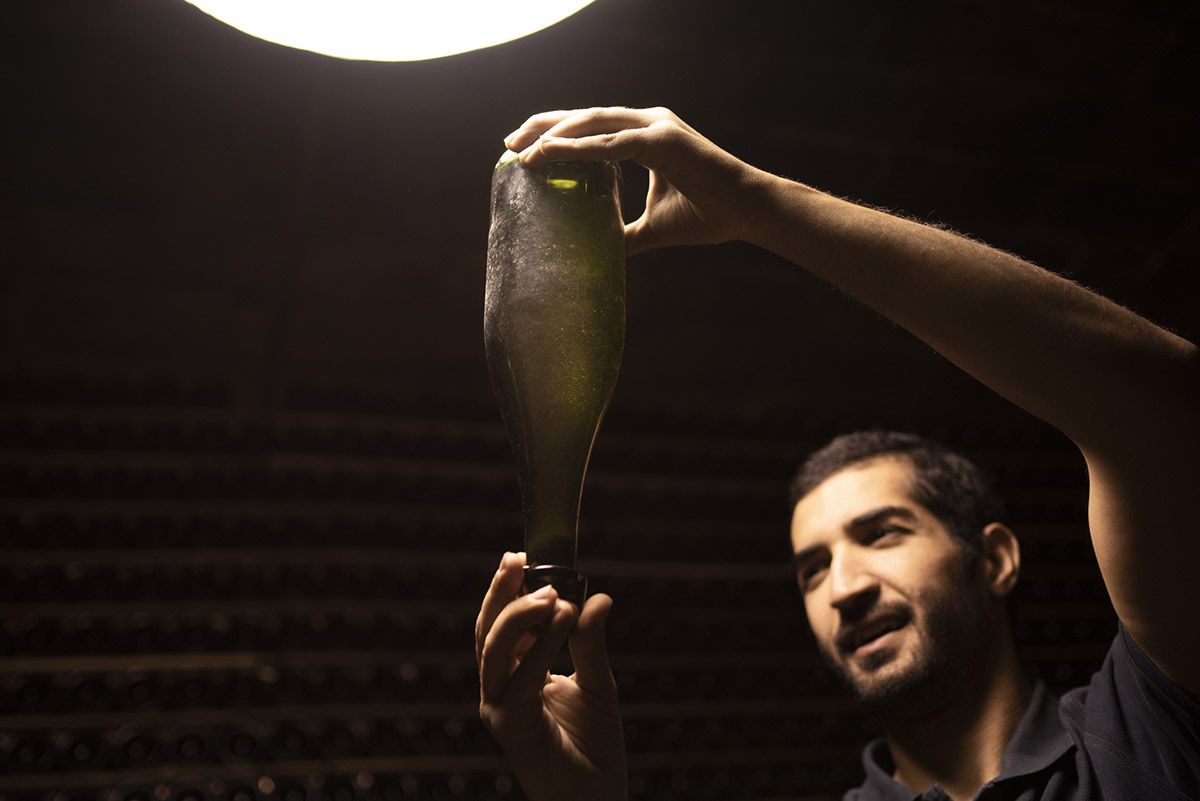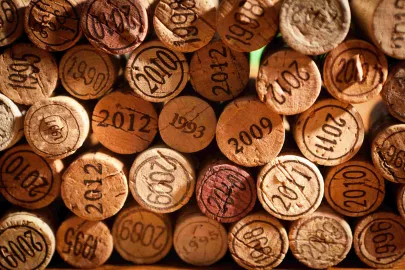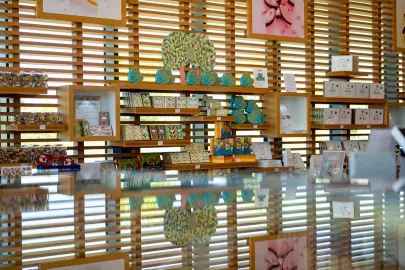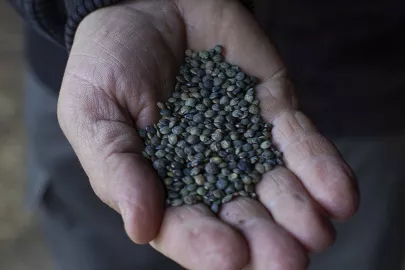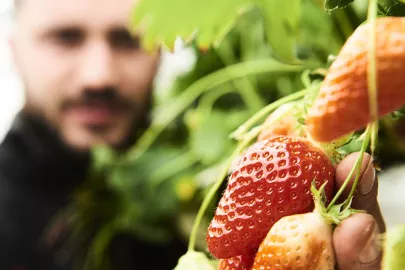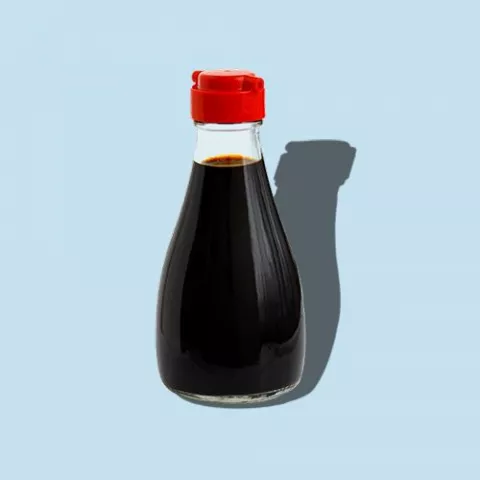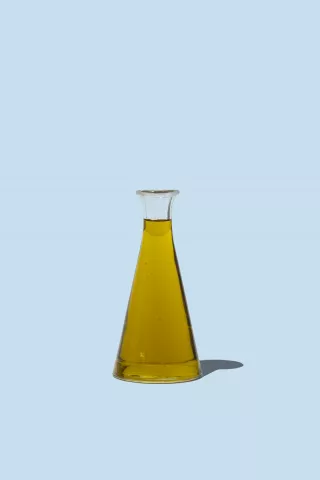Decoding The Wine Menu: 5 Steps to Pick the Perfect French Wine for Your Taste
Mastering the art of choosing French wine is simpler than you think. Follow five expert steps to navigate any wine list effortlessly.

Navigating a wine list can be a daunting feat, especially if you’re not familiar with the producers, regions, or bottles at hand—though rest assured, choosing the perfect French wine to fit your preference is actually easier than you may think. Not sure where to begin? Follow the five steps below and you’ll be on your way to selecting a solid French wine pick in no time.
Know a Bit About the Basics
Understanding the many intricacies of the world of French wine would take a lifetime, though knowing a bit about the basics will get you pretty far. To start, we recommend learning France’s main viticultural regions, as well as a handful of appellations within them. Getting the main regions down will lead you to then understanding their climate conditions a bit better, which will prove very helpful down the line. For example, cooler-climate regions in the north are generally known for producing higher-acid, lighter-bodied wines, whereas wines from southerly, warmer-climate areas tend to be fuller bodied.
It’s also important to know that most French wine appellations stipulate which grapes can be grown within them—so keeping a few that grow your favorite varieties in mind is always a good idea. Love Sauvignon Blanc? Stick to Sancerre and Pouilly-Fumé. Chardonnay more your thing? Then Burgundy is essentially a surefire bet. All of this to say, knowing the foundations of France’s regions and grape varieties will provide a solid foundation for navigating a list you’ve never seen before.
What’s On the Table?
Pairing wine with food—or no food at all—is definitely worth considering when making your French wine selection. Should food not be on the table, reaching for something lighter bodied and potentially lower in alcohol will likely offer a more enjoyable drinking experience. In terms of food pairing, think about the dishes at hand. Are you ordering something fresh and salty, such as oysters, seafood, or salads? Then looking to high-acid, lighter-bodied French wines is generally a good idea. We recommend seeking out whites from Alsace, rosé from Provence (or other equally exciting regions, such as the Languedoc or Loire Valley), or diving into the world of French bubbles from a variety of French regions. Heavier meat-based dishes on the menu du jour? Selecting a fuller-bodied red from the Rhône Valley, Bordeaux, or Languedoc is a safe bet.
Consider Your Price Point (and Budget-Friendly Alternatives)
Although France is known for producing some of the world’s most expensive wines, it’s also home to some of the industry’s most budget-friendly—and still very tasty—alternatives. If you know you tend to love Pinot Noir, some top crus from Bourgogne may be a bit out of reach—though rest assured, delicious Pinot Noir is also available from regional appellations, as well as elsewhere in the Loire Valley and Alsace. (Pro tip: Beaujolais, located just south of Burgundy, is known for its bright and zesty Gamay-based wines, which provide equally delightful alternatives to their northerly Burgundian neighbors.)
Similarly, Sauvignon Blanc from Sancerre can also be a bit expensive—enter the crisp and zesty examples from nearby Touraine, which offer equally refreshing options at a fraction of the price. The same could be said for Provençal rosés, which are also beginning to climb in price; enter budget-friendly picks from the neighboring Languedoc region, which provide just as much fruit forwardness and saline-tinged Mediterranean flair, often at a significantly lower price point.
Moral of the story here? Not all French wines need be expensive, and for every pricey bottle, there’s likely an equally delicious, wallet-friendly alternative just waiting to be discovered.
Check In with the Sommelier Team
When in doubt, take it to the pros. The truth of the matter is, there’s a wine-loving professional behind every curated list, and he/she likely holds a plethora of information as to the selections featured on it. If you’re still feeling lost—or if you can’t decide between a few of the list’s picks—simply flag down someone from the sommelier / bar team and ask for their expert opinion. If you can tell them a bit about your preferences (or even easier, what you tend to drink at home and enjoy), you’ll be well on your way to the perfect French wine pick in no time.
Diversity Is the Spice of Life
Although going back to tried and true favorites is always a safe bet, one of the best parts of drinking French wine is discovering new and exciting bottles. Exploring regions and producers you may not have heard of before provides greater insight into the vast world of French wine—and who knows, you may just stumble upon your next go-to bottle (while also learning a thing or two along the way!) Our advice? Remain curious and open minded, and keep tasting as much as possible.
Contributeur

Editor

